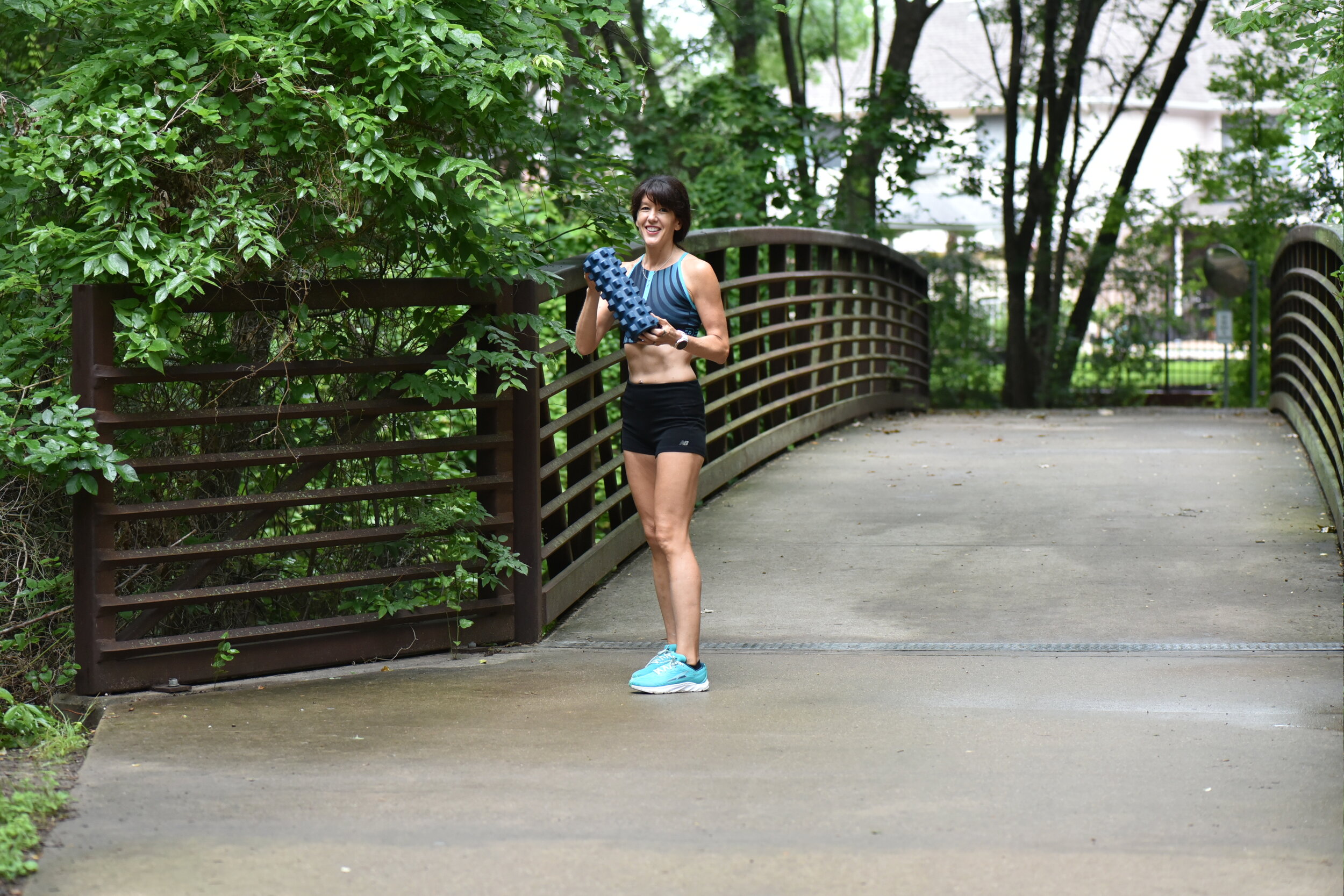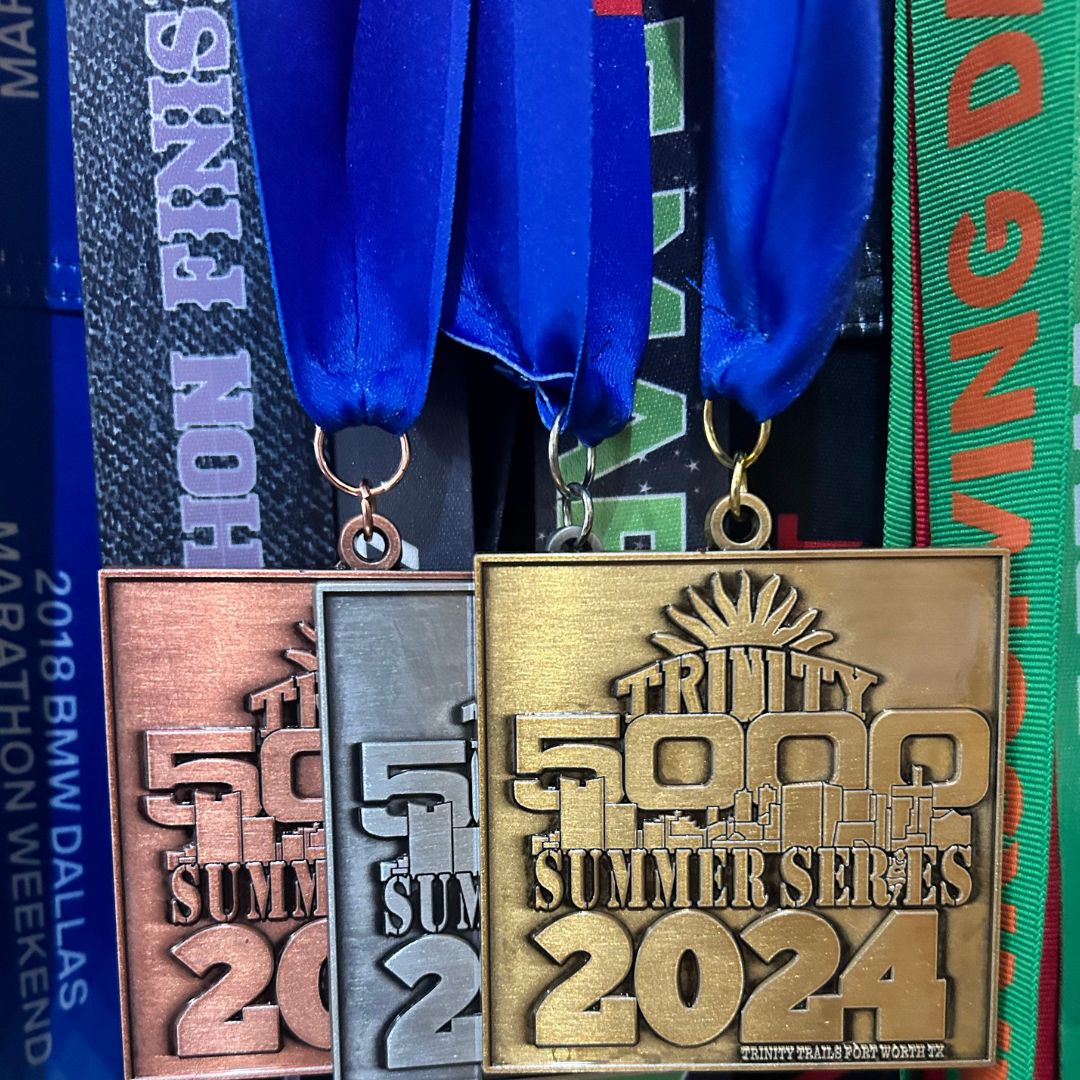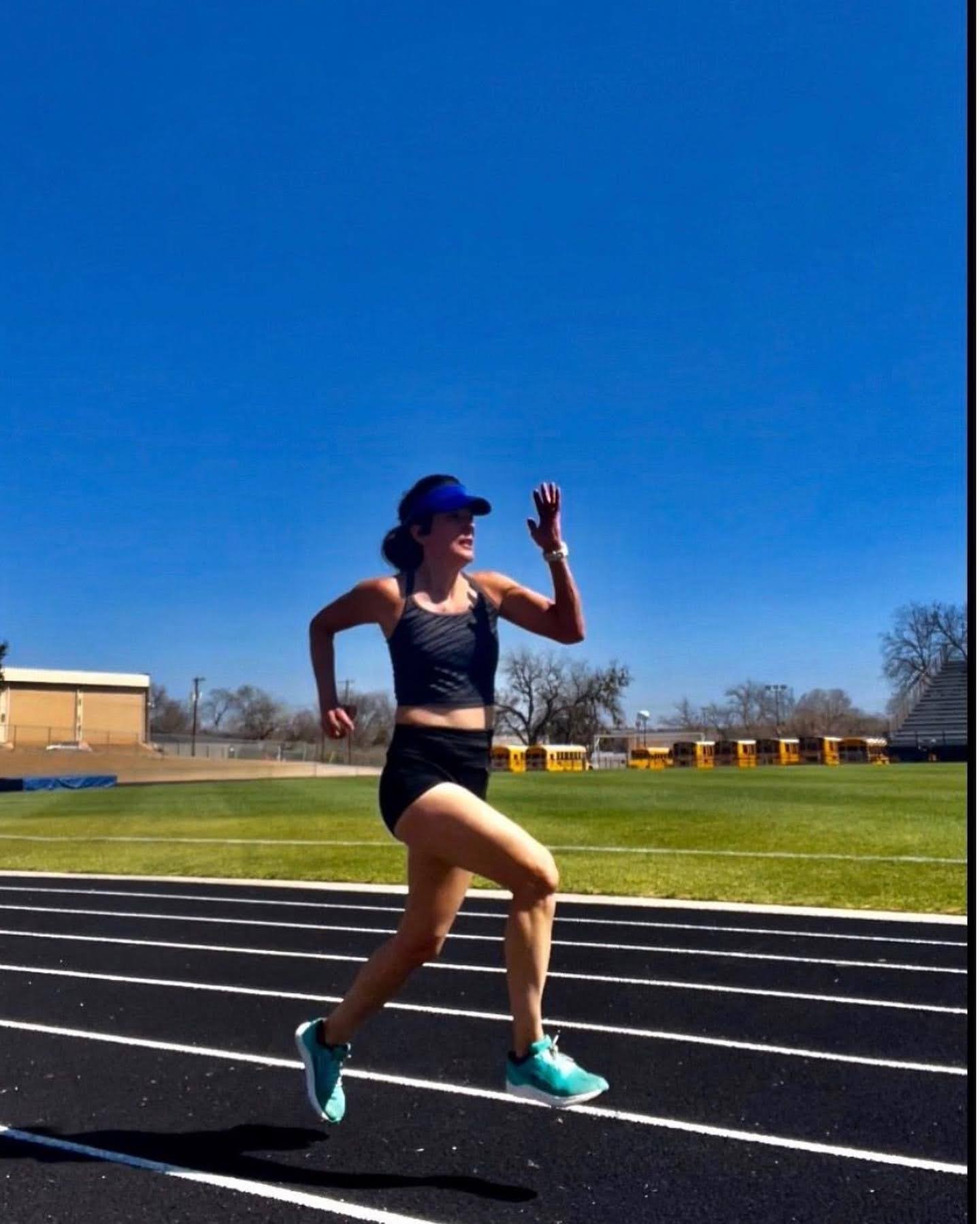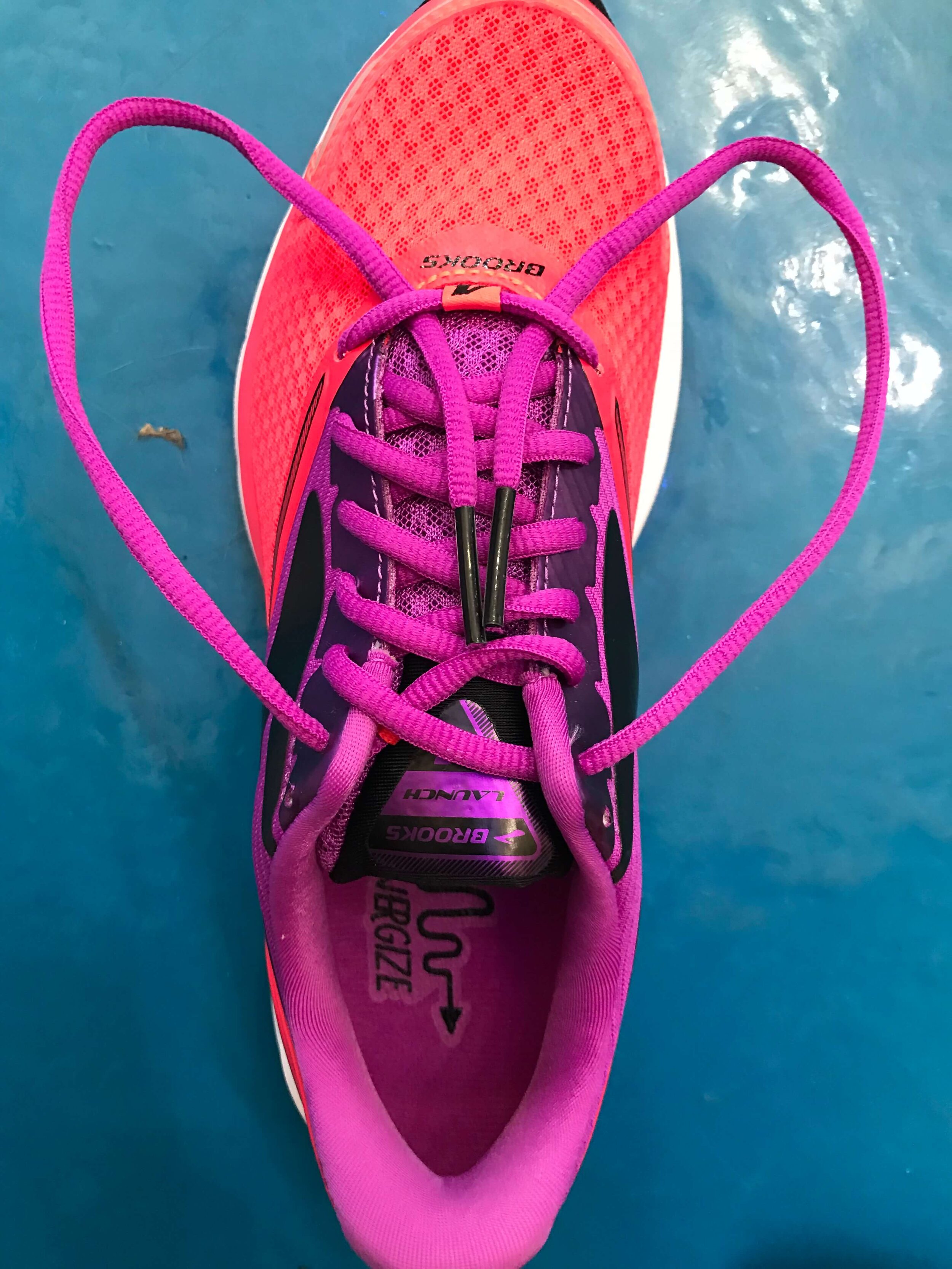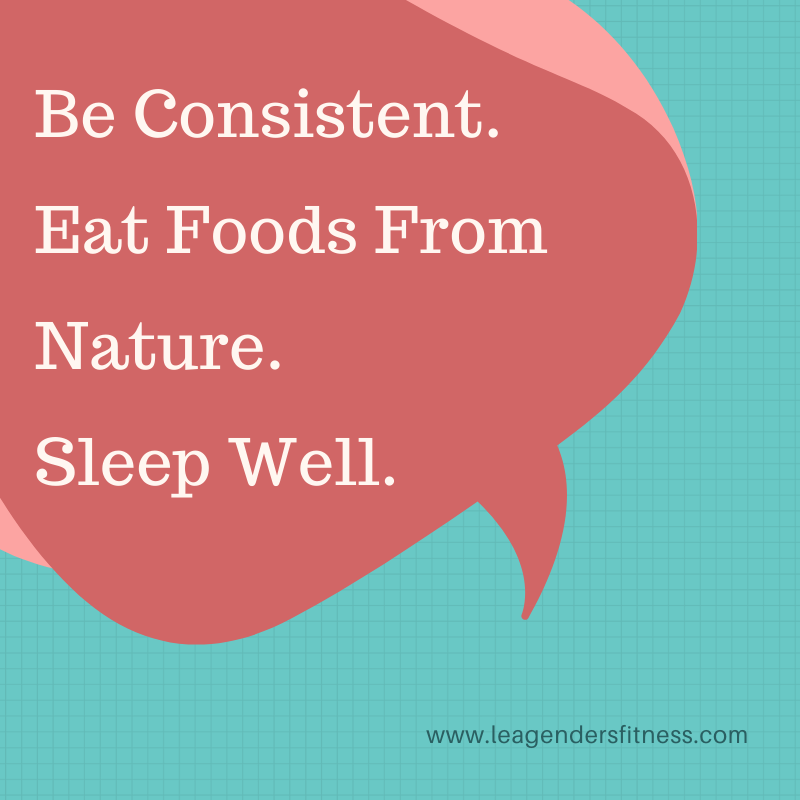For workout Wednesday, this week I thought I would share what my workouts look like in a week. You may be surprised to learn that I don't spend hours in gym or obsess over my workouts. I want to stay healthy and fit, I enjoy running and sometimes I am training for a race.
I do the workouts that support my lifestyle, preferences and goals. I want to avoid injury, keep improving and stay healthy. For me sometimes that just looks like 20 minutes a day (excluding an endurance run if I am training for a race, which of course, is longer than 20 minutes). I don't kill myself in the gym. I try to stay active and healthy.
I am a fan of the 20 second work/10 second rest then repeat for four minutes protocol. I group two exercises together and alternate between them for four minutes. I'll do five of these mini circuits for a total of 20 minutes. I often switch up the exercises depending on how I am progressing, my goals and just to keep things interesting. This is just an example. Any good program will vary, progress and grow as you do.

Like this post? It helps me when you share with your friends and followers
Have questions? I'd love to help.

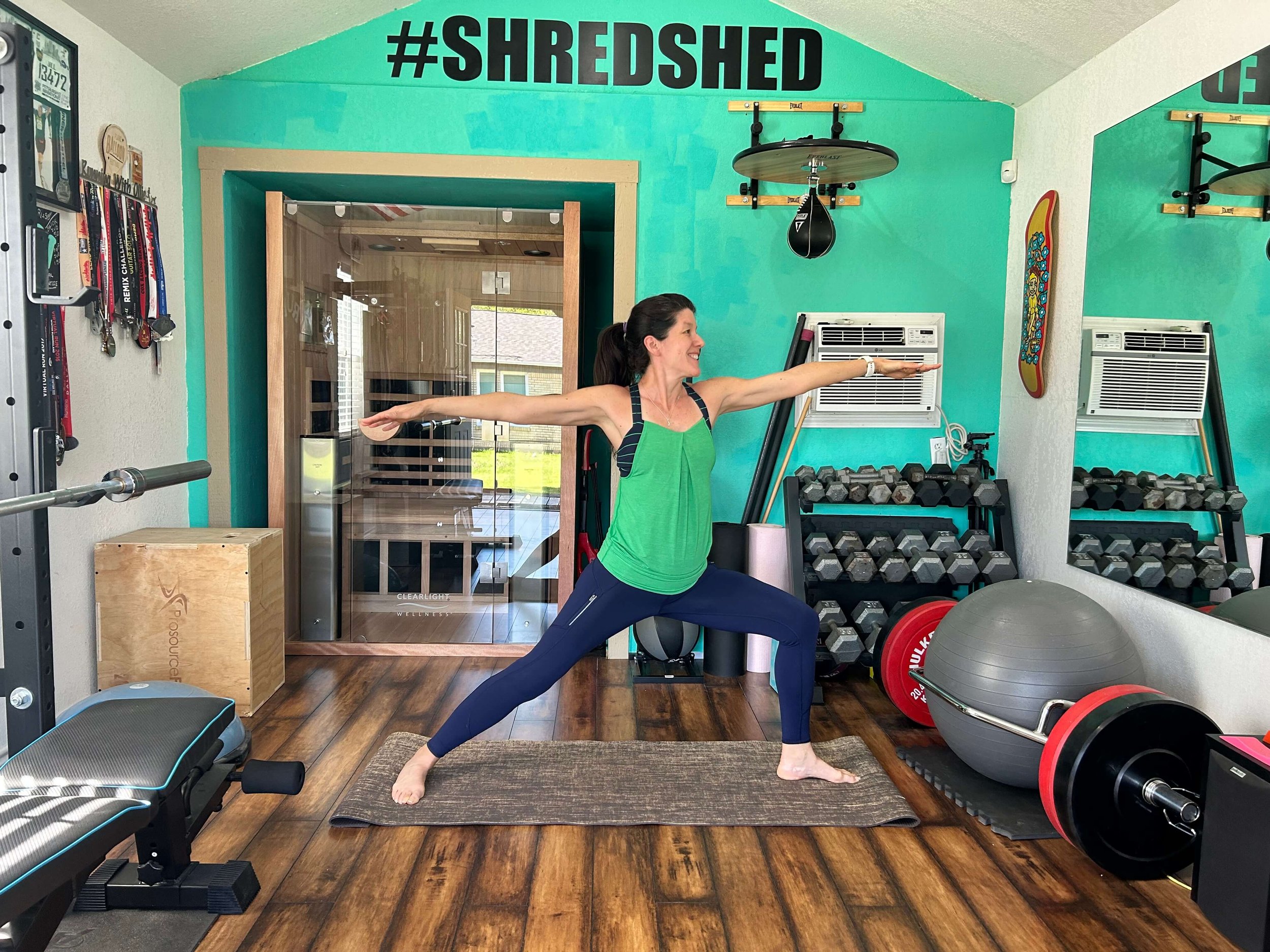
Try these runner-specific exercises with a pumpkin for a full-body workout to carve out some fun this fall!
Runners who strength train are stronger, faster, and less injury-prone! While focusing on runner-specific exercises, I’ll show you the benefits of resistance training with one piece of equipment—a kettlebell. This program is five weeks of progressive workouts that take about thirty minutes each, two to three times per week.
Can you get in a good workout with resistance bands while traveling? I put together an effective, full-body, travel-friendly resistance band workout for on the go!
Foam rolling can aid in recovery, improve range of motion, and help prevent injuries, but if you are making any of these mistakes, you could be inhibiting progress. Don't be discouraged by foam rolling; learn these techniques to avoid pain and get the most of your roller. Don't make these seven foam rolling mistakes.
How do you fit running and strength training into your training schedule for the best results? How do you avoid over-training? Understand which strength exercises are best for running performance and injury prevention, and how to structure your training to run longer, stronger, and faster.
Runner-specific strength exercises don’t have to be complicated. Use this fabric loop resistance band workout to target your hips and core to run stronger.
If your gym equipment is limited it is a perfect time to focus on unilateral exercises. Use this time to focus on what you need, rather than what you want. Single-side exercises using one dumbbell can build independent limb strength, even out imbalances, and build stability. Try this one dumbbell upper body and core-focused workout when you can’t get to a gym.
If you have limited equipment try this one dumbbell lower body workout that can do at home.
How to avoid common gym-goer mistakes to get the most out of your commercial gym membership. Tips for better results on the cardio machines and weights that anyone with a gym membership can use.





